You can’t finish your 80 percent build without an 80 percent lower jig to show you where to cut.
We’ve already discussed 80 percent lower receivers, the unfinished and unserialized component that’s at the heart of “ghost gun” builds. An integral step in finishing lowers like these is cutting away the remaining material, and to do that you’ll need an 80 percent lower jig.
We’ll cover what jigs are, how they’re used and what other tools you’ll likely need to complete a build. We’ll also take a look at five great jigs for completing common 80 percent builds.
What Is An 80 Percent Lower Jig?
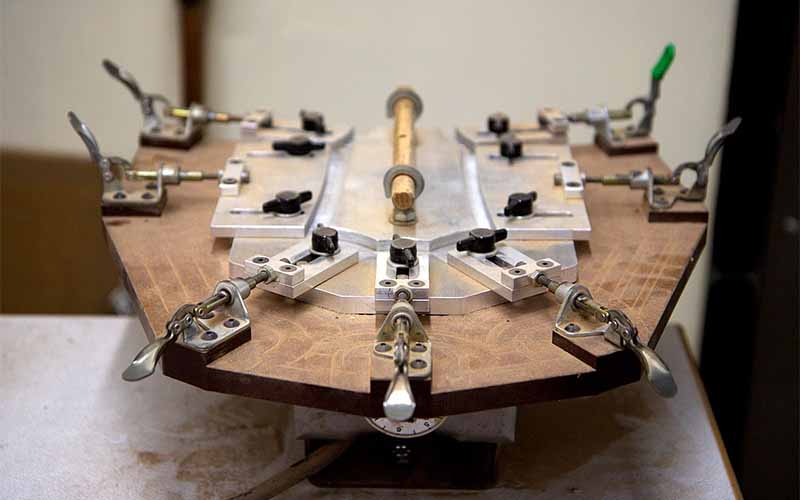
When speaking about jigs in general, they are tools that control the movement of parts and/or other pieces of tooling. It can hold something in place like a vise, or it can guide a particular tool to complete a particular action.
When it comes to 80 percent lower jigs, however, what we’re more or less talking about is called a drill jig. Its primary function is to hold a part in place so that a hole can be drilled in the correct location.
In other words, it’s a drilling template. While some 80 percent lower jigs are made for use with a router with an end mill bit, most are made for use with a hand drill or drill press. This is partly why the process is so accessible to even casual home builders with rudimentary setups.
Does The ATF Regulate Jigs?
As you might be aware, the ATF’s recently-enacted Final Rule 2021R-05F attempted to increase the difficulty of building a firearm at home by amending its definitions of frames and receivers. With this change, the ATF considers a “readily completed” kit to be no different than a fully manufactured lower, therefore requiring serialization and a background check.
With the clear intention of this rule change being to crack down on “buy, build, shoot” kits, does this mean that 80 percent jigs and lowers must now be bought separately?
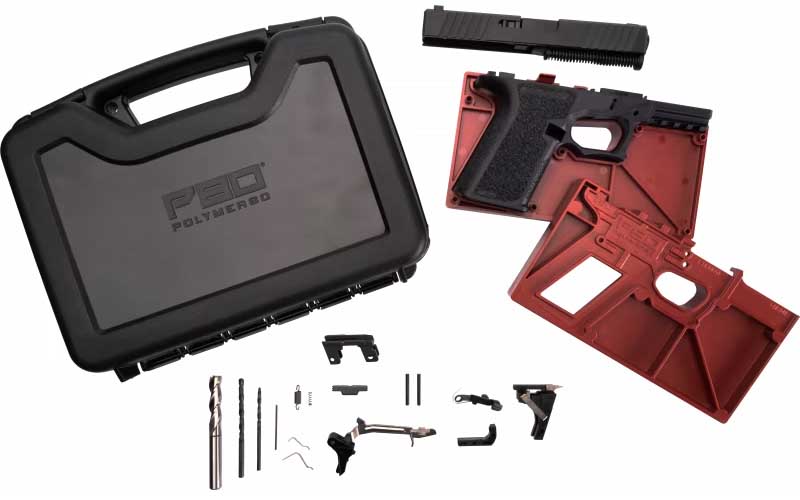
The truth is that at the time of this writing, nobody is perfectly sure. It appears that may be the case, but the situation is still currently fluid.
The ATF has stated that they may rule on kits that include tooling and a receiver blank on a case-by-case basis. While they haven’t said that the tooling associated with completing receiver blanks will require a background check or serialization, they did state that they may “consider any associated templates, jigs, molds, equipment, tools” as part of their purview.
What does that mean?
It means that a kit that includes jigs and tooling with a clearly recognizable receiver is considered a receiver rather than a blank, meaning serialization and a background check is required.
Jigs and tools themselves aren't considered receiver components and can be purchased separately, but the ATF has left themselves the option to consider jigs and tooling as components for completing a receiver.
In short, following this rule change, your best bet will be to simply buy the receiver blank and 80 percent lower jig separately for the time being.
What Do I Need To Complete An 80 Percent Lower Besides A Jig?
Exactly which tools you will need is dependent on the specific lower receiver blank you intend on completing. This means that you need to check the build list yourself!
If tools aren't included on the list, some must-haves include an electric drill and a set of drill bits. Imperial/English is usually good, but some kits may require metric. It's also a good idea to have a Dremel tool and attachments for polishing, along with a few basic files such as a rat file and possibly a half-mill bastard file. A set of digital calipers is also recommended.
Some jigs are designed to be used with a router with an end mill bit. If you have a router, this may be a good option to consider because it makes the milling a little more precise than when done with a drill or drill press.
Speaking of drills, a drill press will be better than a hand drill in every way. It will be easier, faster and safer, and the results will be cleaner too. If you don’t already have a drill press, it would probably be wise to buy one before embarking on an 80 percent build. Perfectly acceptable models for this task are sold for less than $100.

Glock/poly-striker pistol frames typically only require the jig and a few drill bits. Sometimes they're included, sometimes not. These are the easiest to complete and usually the cheapest of all 80 percent builds.
For AR-15 lower receivers, you'll need the jig and drill bits along with either a drill press or possibly a router with an end mill bit.
1911 lowers will require a drilling jig and a cutting jig for cutting the frame rails, along with drill bits. You'll need additional tools for fitting parts as well.
Again, the above-mentioned tools are just a starting point. Exactly what you will need depends on what receiver/blank you select and what jig you buy to complete it.
So, with that said…what are some top jigs to buy?
The 5 Best 80 Percent Lower Jigs
Broken Armory AR-15 Lower Receiver Jig

The AR-15 Lower Receiver Jig from Broken Armory is a high-quality drilling jig for completing AR-15 lowers. Their drilling jig design allows you to swap out the AR-15 top plates for their 308 top plates if you want to complete a .308/AR-10-style build at another time.
The kit includes top plates and side plates, CNC machined from anodized aluminum with hardened drill bushings. You get drilling depth charts, and all plates are marked with the correct drill bit size. All you need to supply is the drill bits and a drill press.
MSRP: $179 // BrokenArmory.com
Polymer80 Build Kits
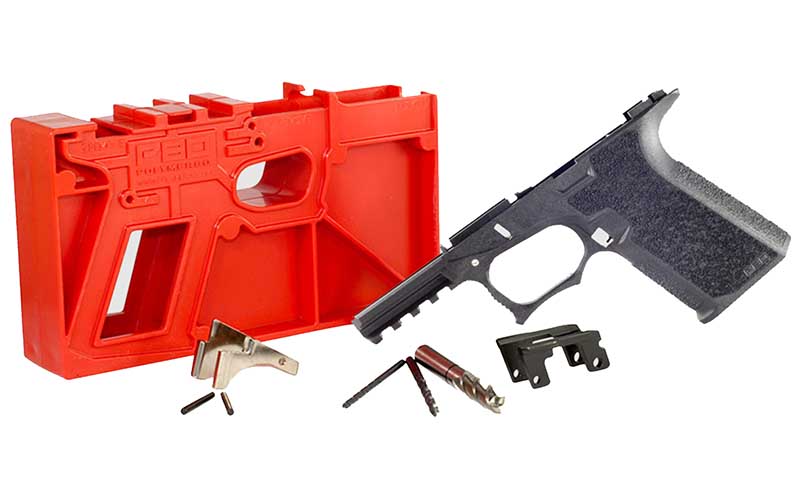
Polymer80 is the company that started it all when it comes to 80 percent pistol kits, and they've found a way to stay alive despite the ATF's ruling. While not available yet, the company plans to offer what is in essence the same build kit as before only now with serialized frames. This will require the whole kit to be transferred through an FFL like a completed firearm, but it will include all the necessary parts and jigs.
You can read their statement on 2021R-05F here. The kit will include the frame, the Polymer80 jig, drill bits, the frame rails and instructions on how to complete the build. You'll have to supply lower parts and a drill. A vise would be wise to have as well.
Ideal? Maybe not, but the company’s frames are still excellent.
MSRP: TBD // Polymer80.com
80% Arms Universal Drill Press 80 Percent AR-15 Jig
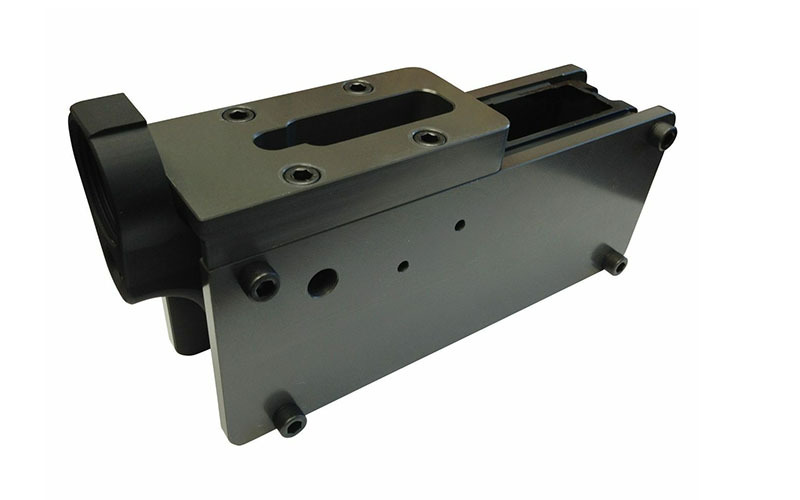
Simple and budget-friendly, the Universal Drill Press jig from 80-Lower only requires a drill press and some drill bits to complete an 80 percent AR-15 lower. It's made of anodized aluminum and has movable side and top plates that serve as your drilling guides.
However, it comes with some caveats. It's only compatible with mil-spec AR-15 lowers, so ambi builds, AR-9 and .308 builds are not feasible with it. It's not recommended for the total novice, so you will need to do your homework on the cuts and drill bits needed. The universal model is very affordable, but the company also offers the Easy Jig for beginners at a much higher price.
MSRP: $99.99 // 80PercentArms.com
Stealth Arms 1911 Phantom Jig
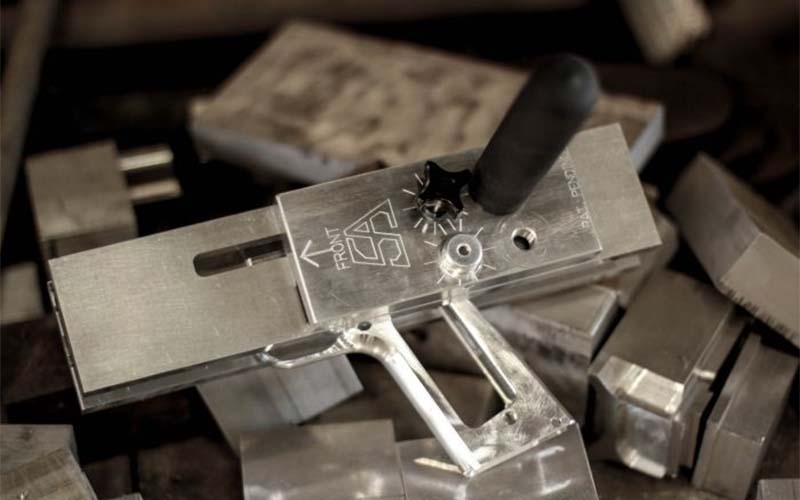
The Stealth Arms 1911 Phantom Jig is a drilling and cutting jig, which gives you the template for drilling the hammer and sear pin holes, cutting the frame rails and cutting the barrel seat. The kit includes two carbide cutters, one for cutting the frame rails and one for the barrel seat.
You only need to have a vise and a drill press—you could use a handheld, but a press is strongly recommended—and an 80 percent 1911 frame. The jig is designed for cutting an aluminum frame, as steel usually requires multiple cutters for each operation. The best practice is to use an aluminum frame cut for a ramped barrel and to use a ramped barrel on the build.
MSRP: $174 // StealthArms.net
Modulus Arms Universal 80 Percent Lower Router Jig Extreme
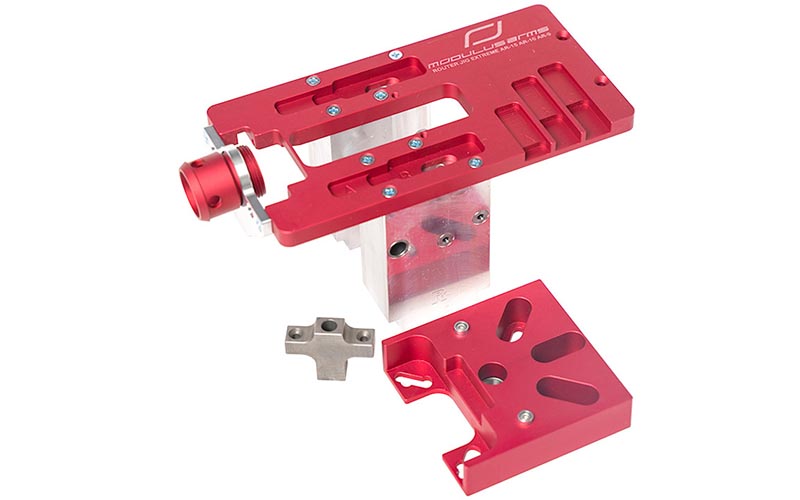
This universal kit works with any AR-related lower, including AR-15, AR-9/45, DPMS-308 and AR-10 style 80 percent lowers. It's designed to be used with a router to perform the milling, with a proprietary one-piece guide pin design to keep the end mill from touching the jig.
Side plates are included as are depth gauges. Besides the jig (and a lower) and drill, you'll also need a router, a Router Jig Extreme Speed mill for your make and model of router and the appropriate drill bits. You may also, depending on the router you have, need a full-size router plate.
This model is on the pricier side, but the versatility it offers makes it worth it for those who plan on building a wide variety of ARs.
MSRP: $349.99 // ModulusArms.com
More DIY Stuff:
- DIY Guns: RECOIL Magazine’s Guide To Homebuilt Suppressors, 80 Percent Lowers, Rifle Mods And More
- Building A 1911
- Blue-Collar AR DMR Build
- Building A Portable Precision Rifle
- From Filament To Firearm: The 3D Printed Gun


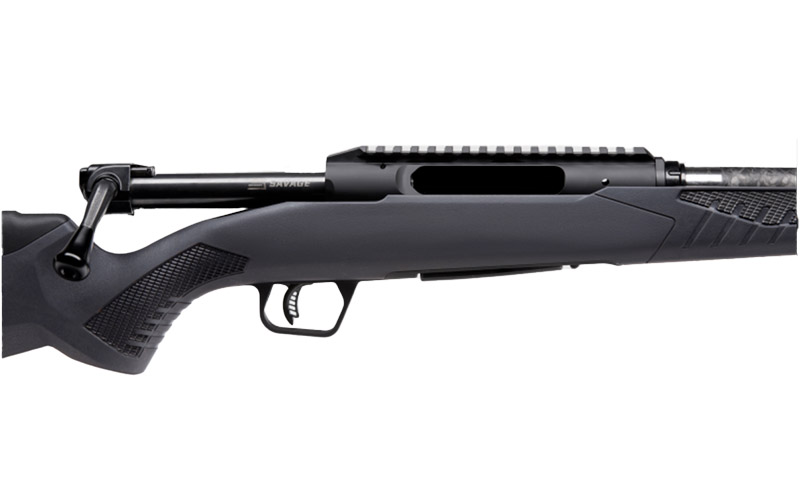

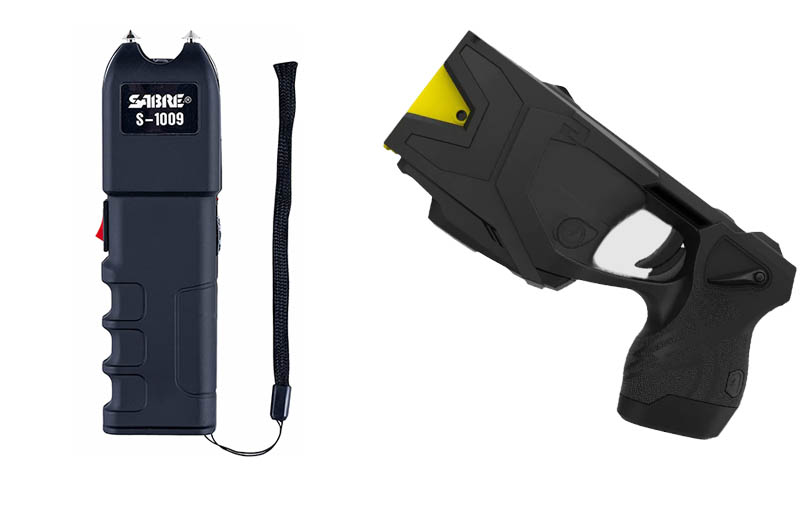
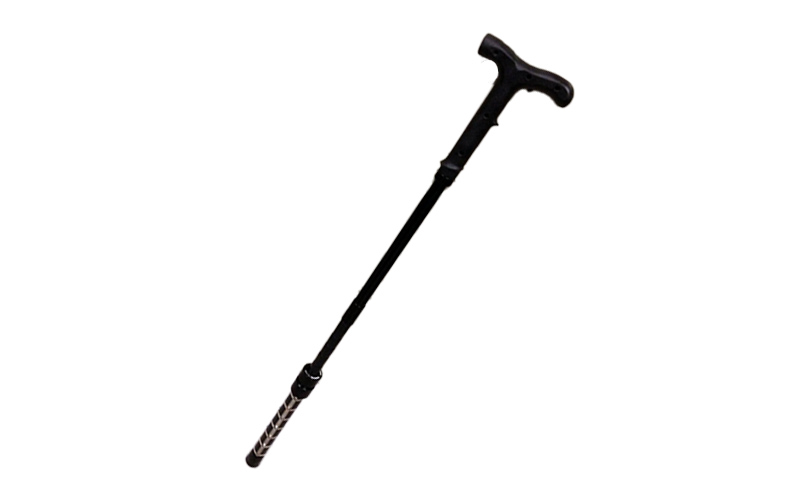


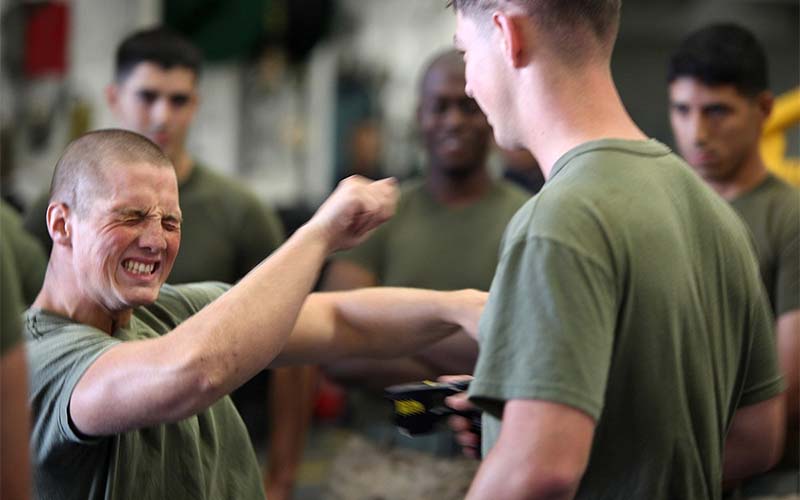
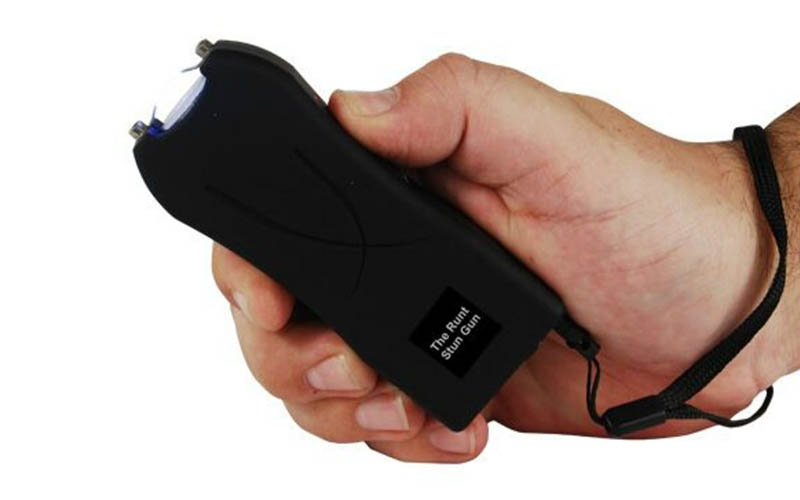
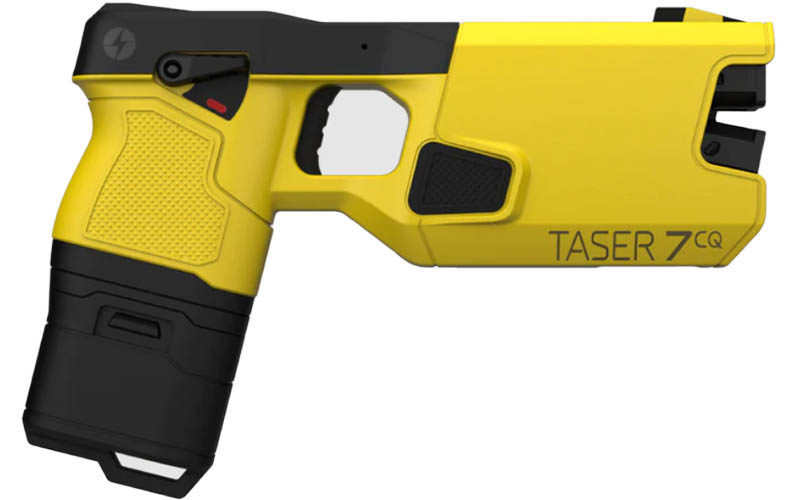
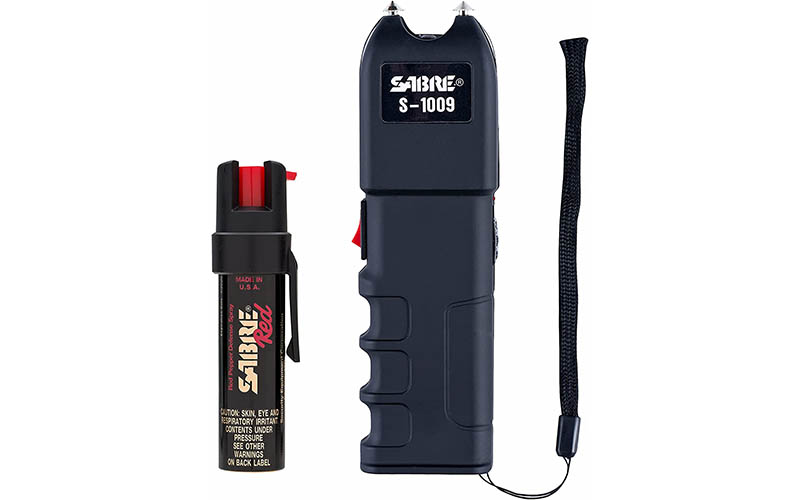
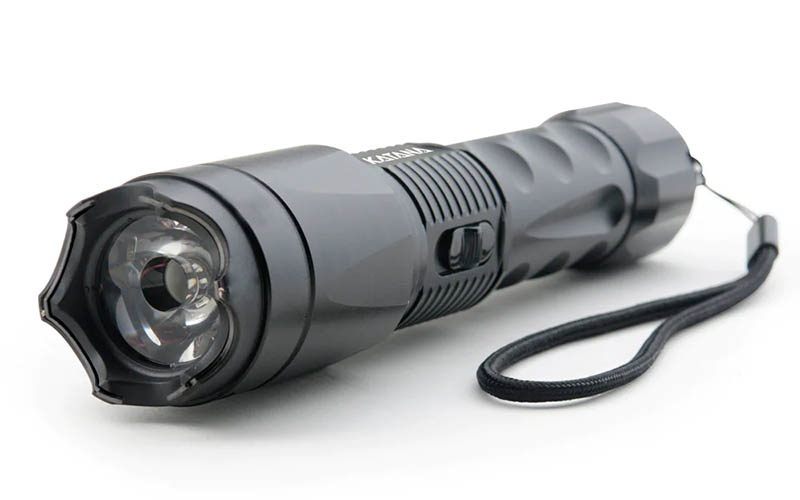
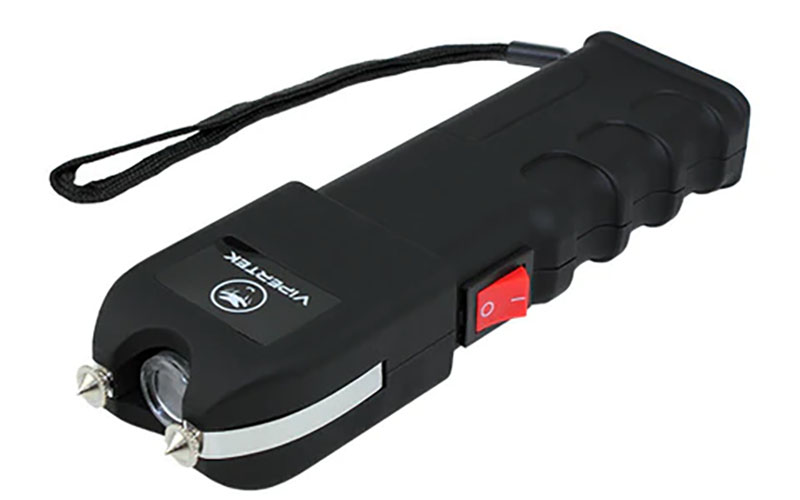
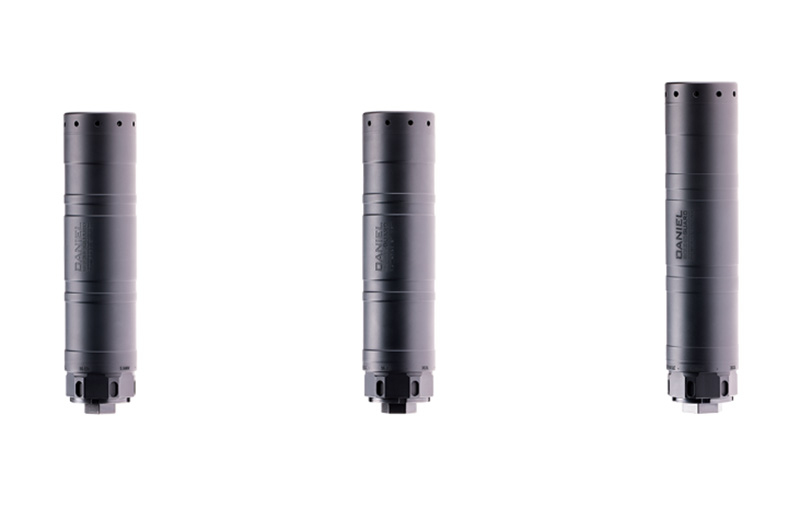
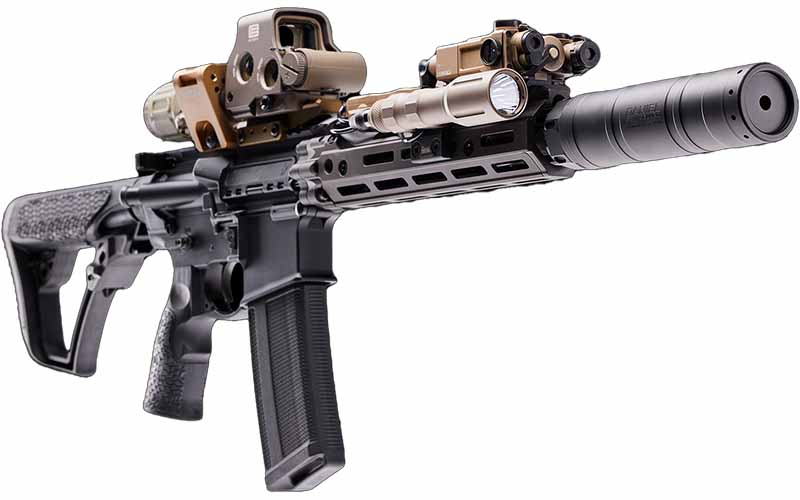
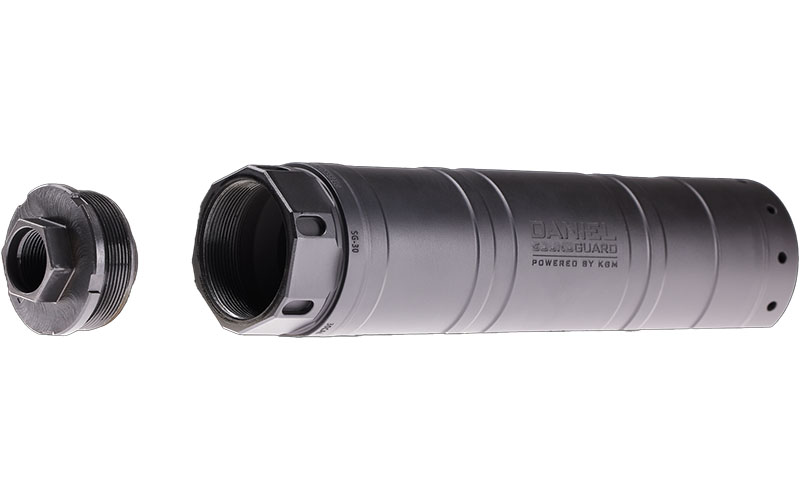
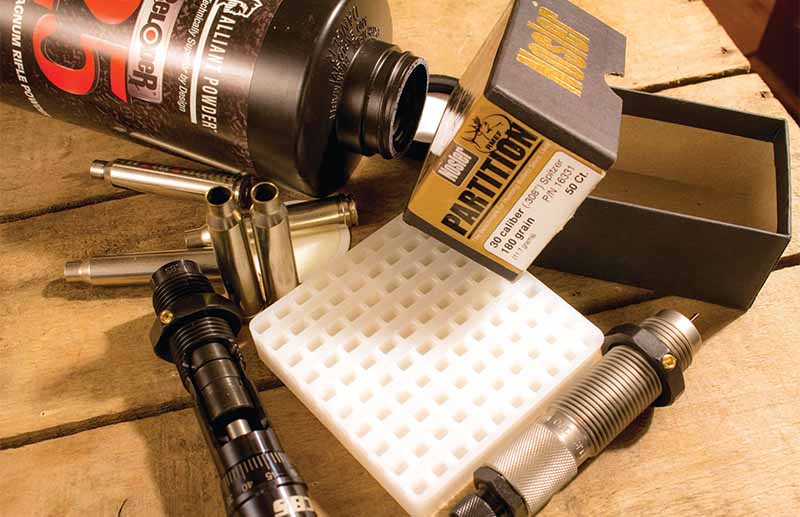
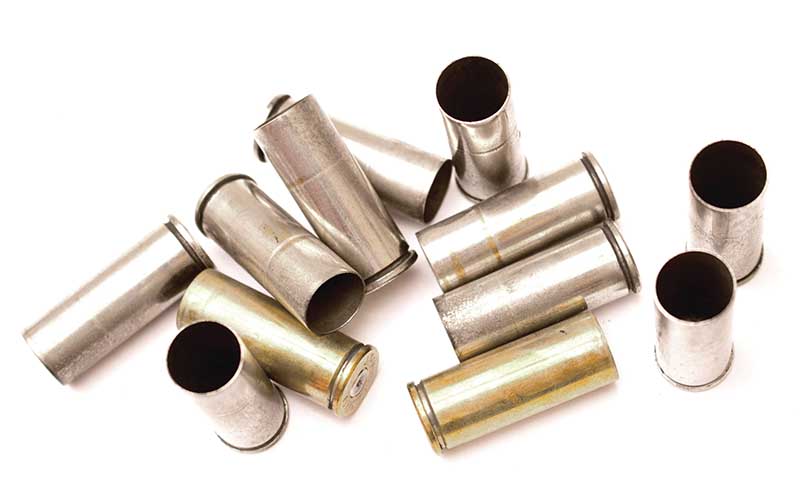
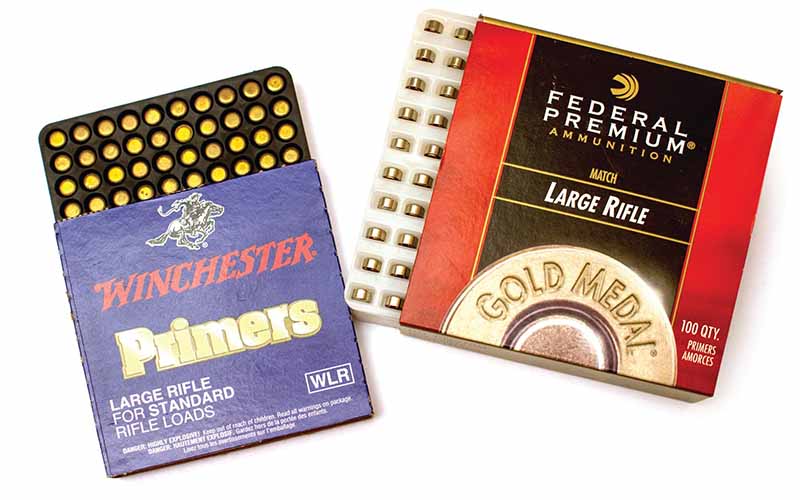
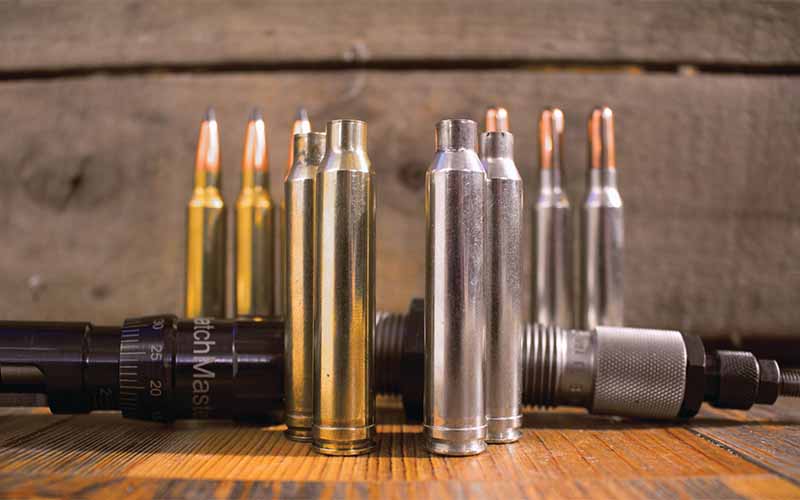
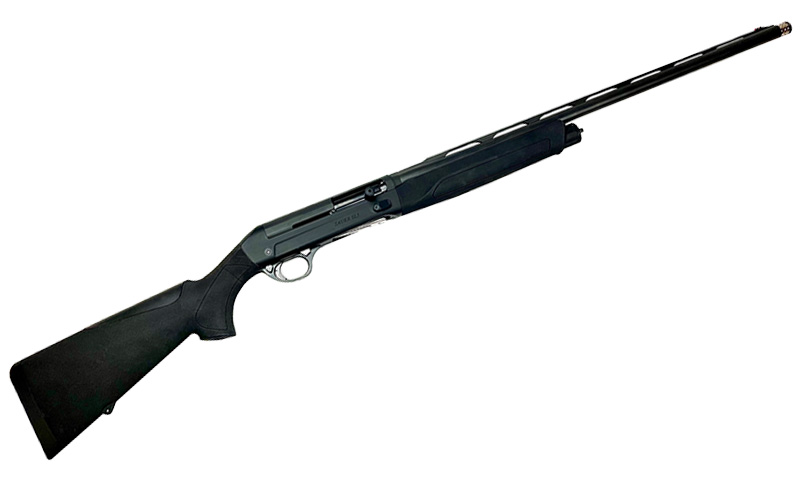

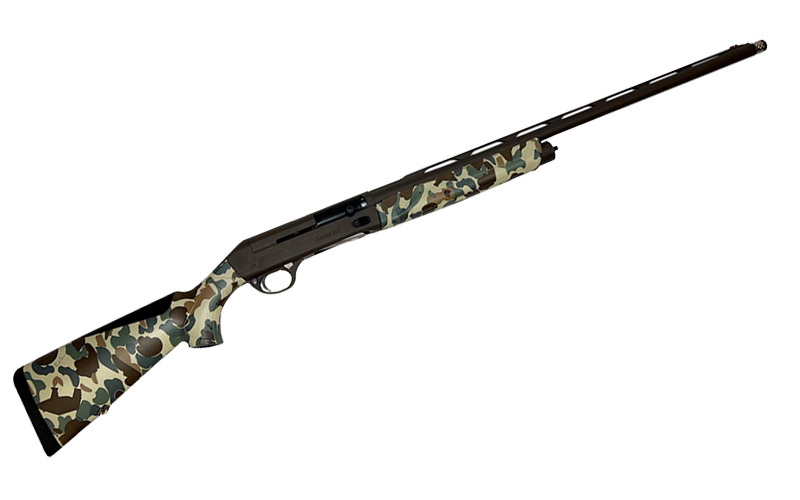
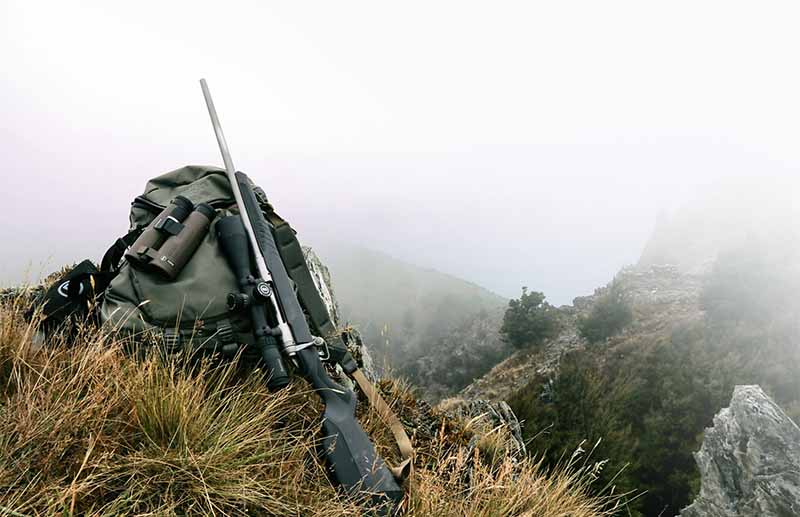
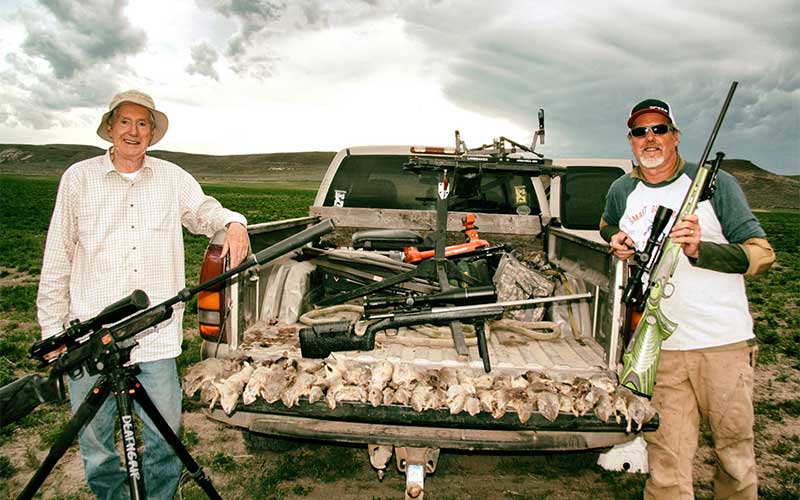
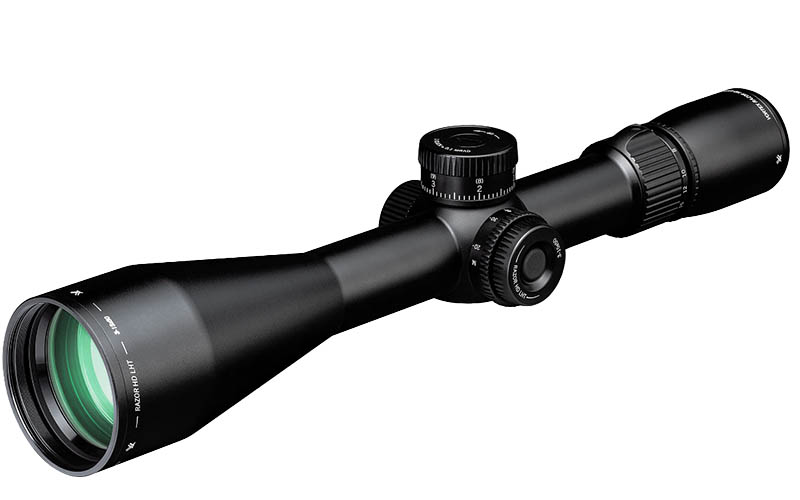
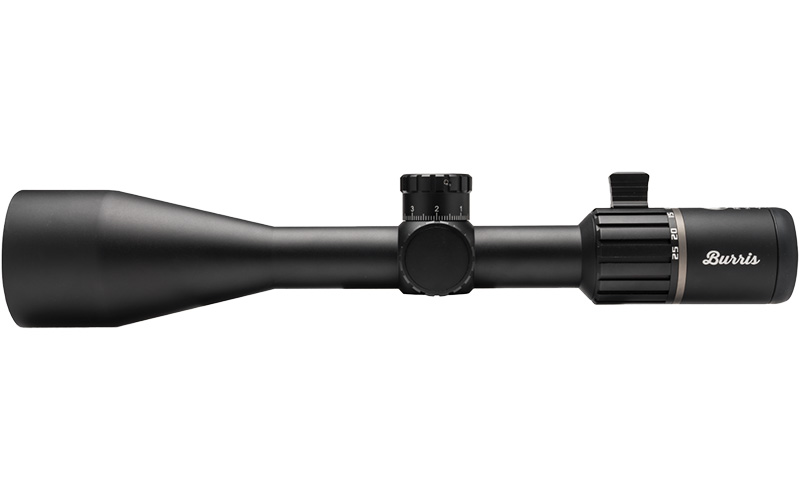
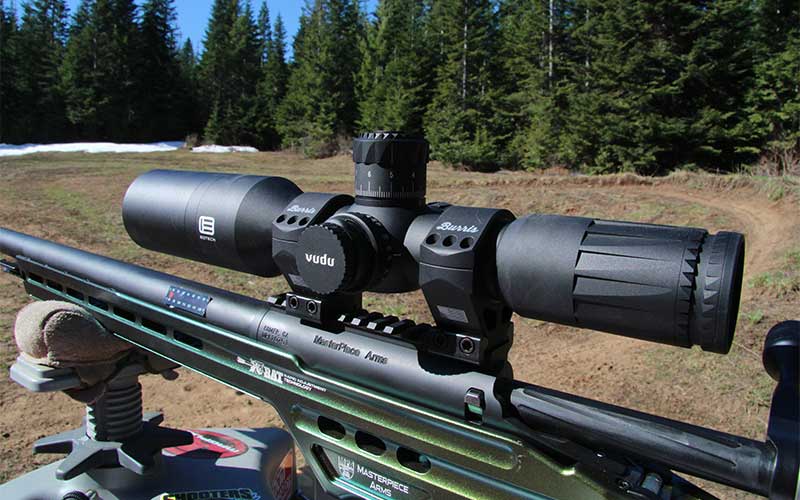
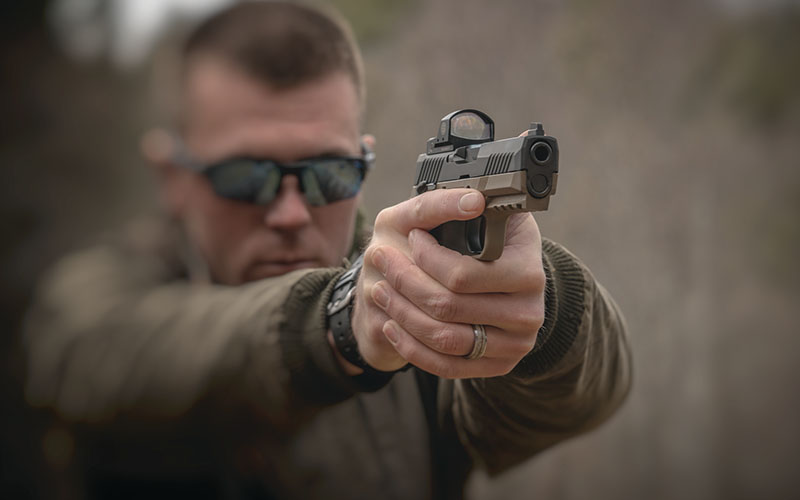
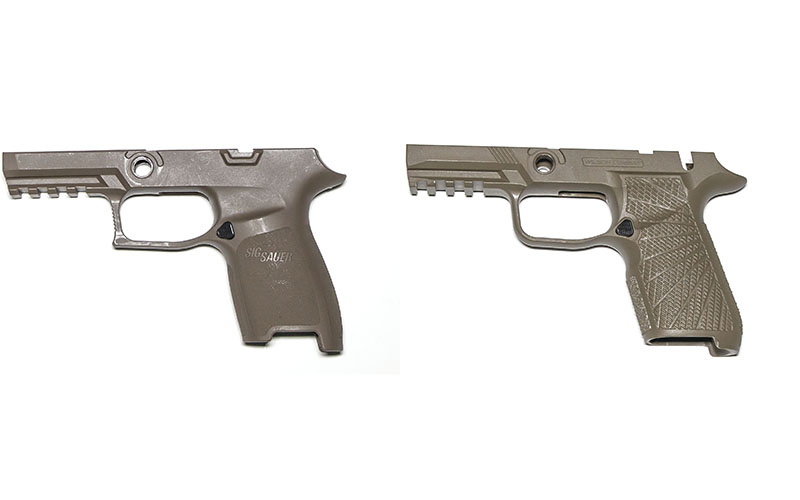
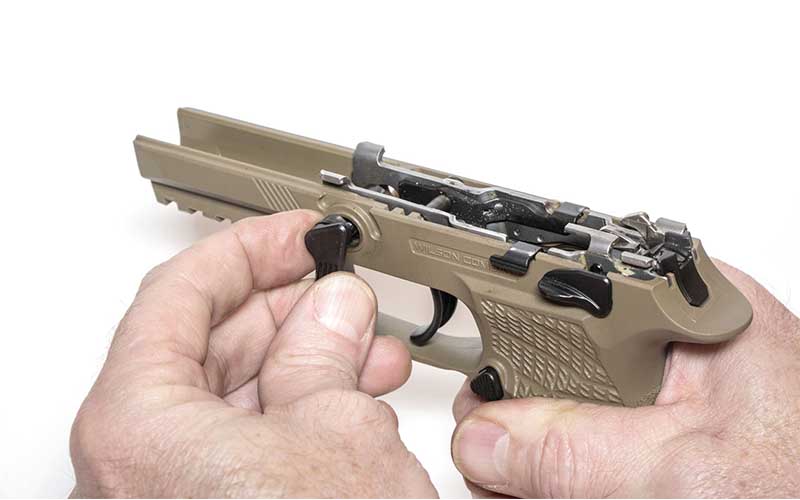
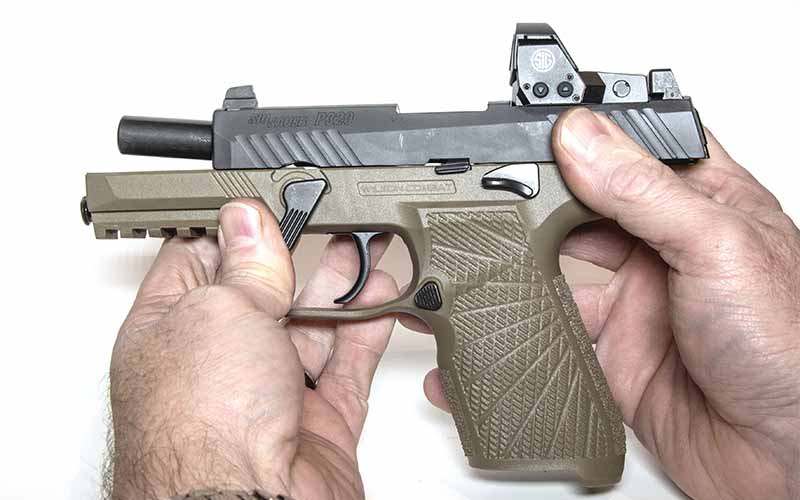
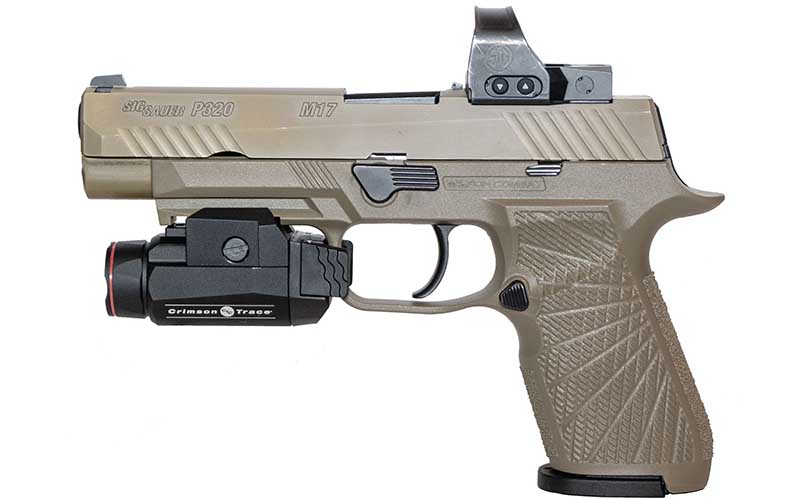
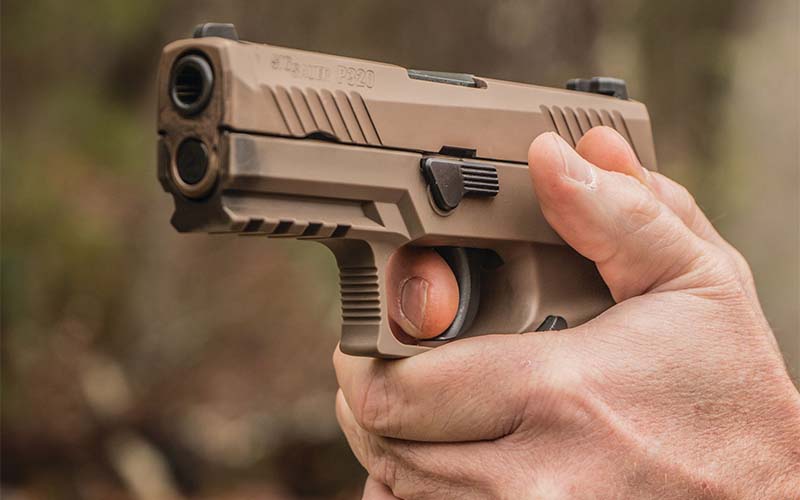
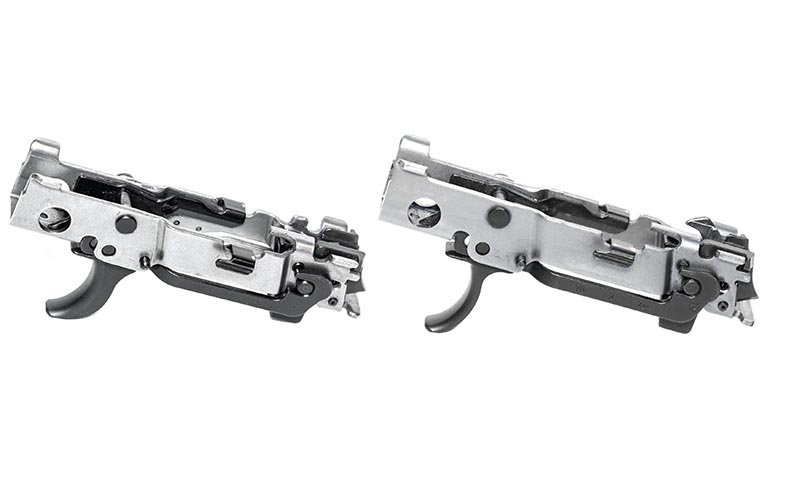
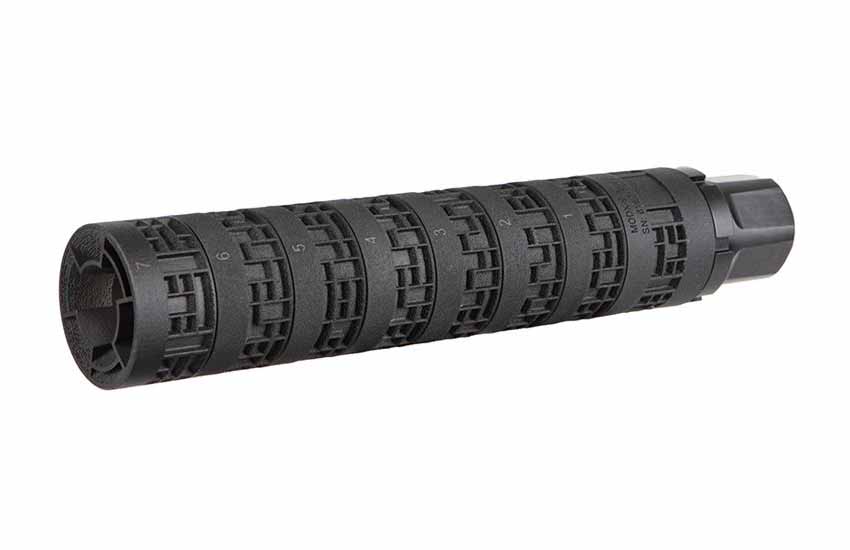
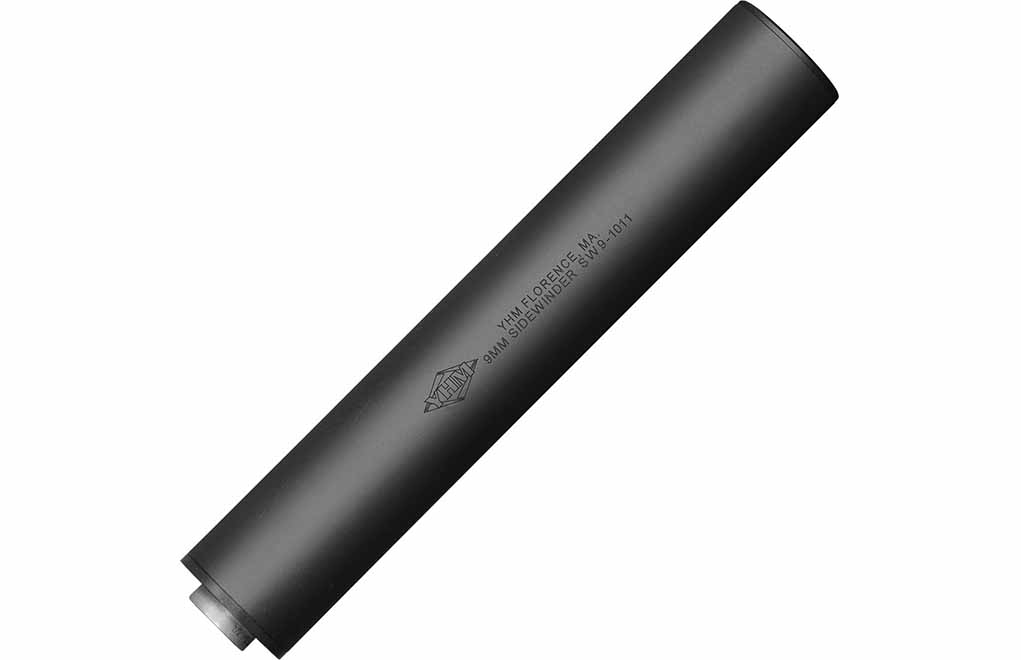
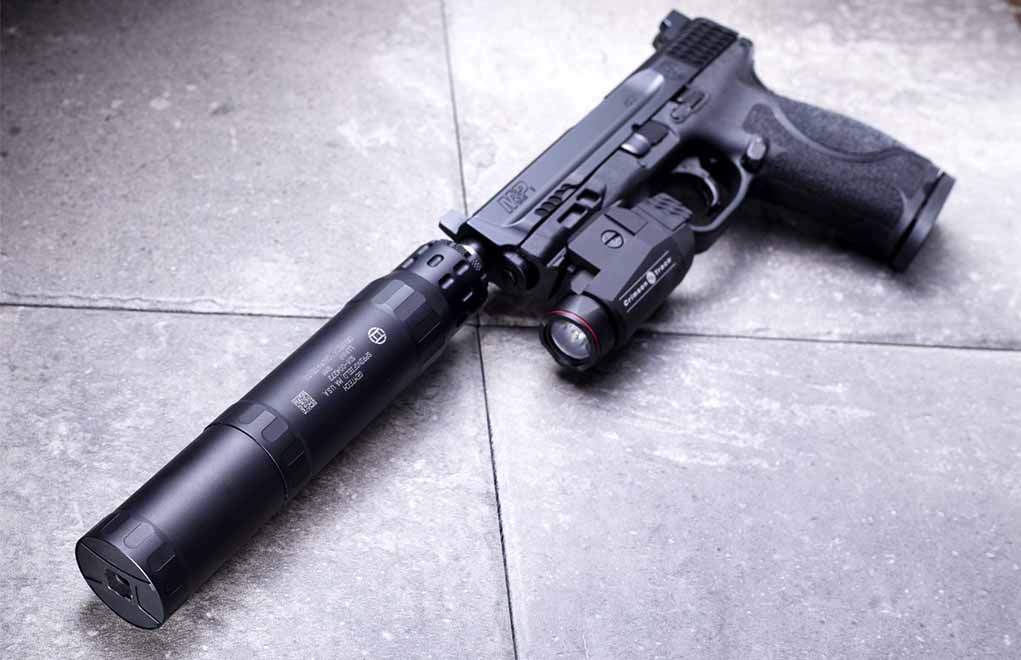

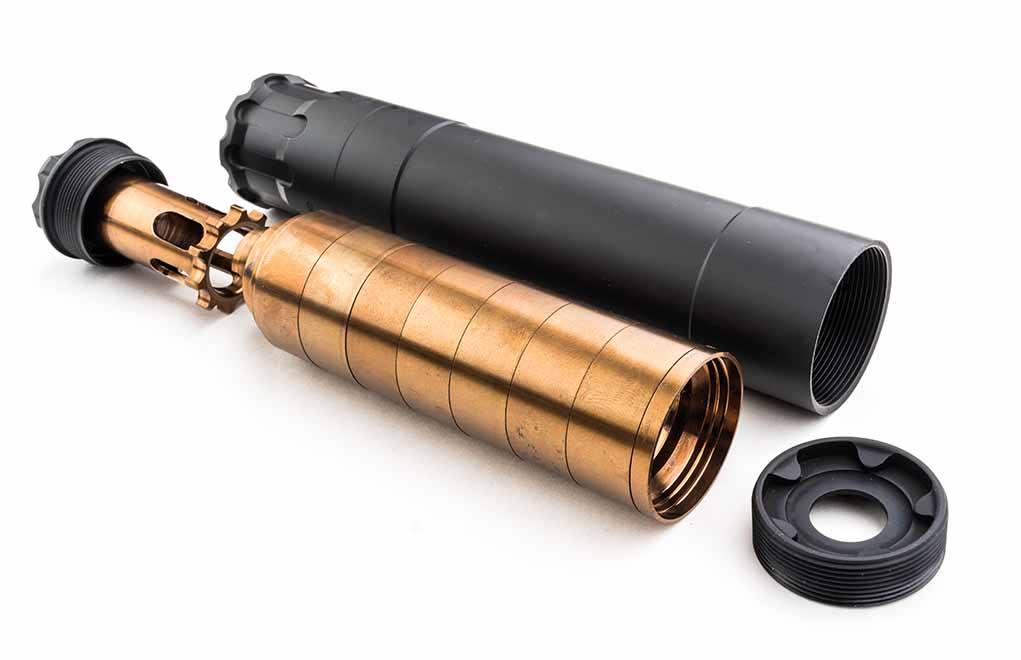
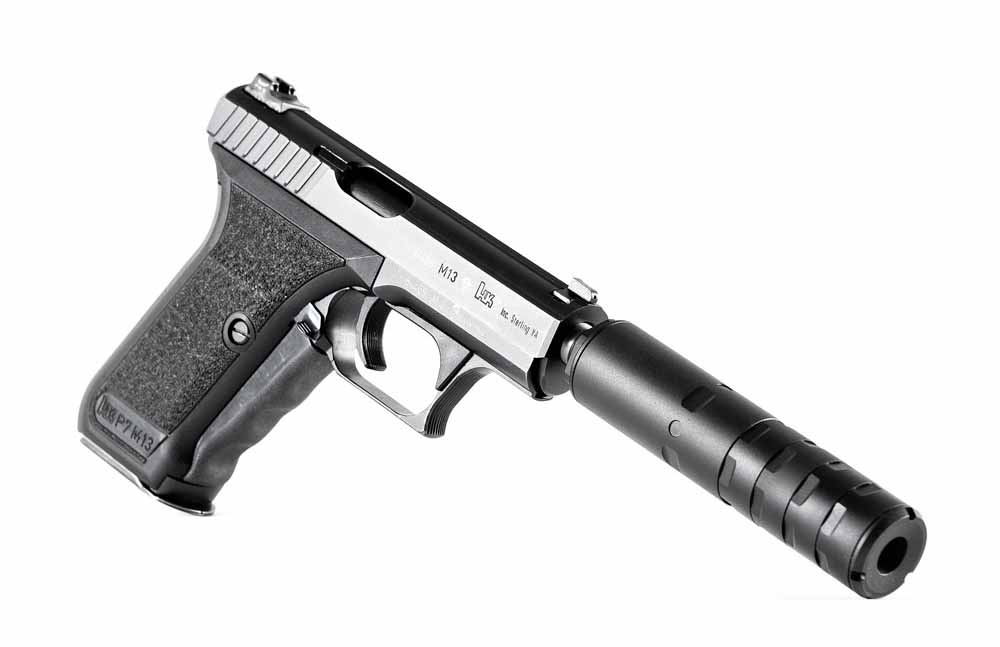

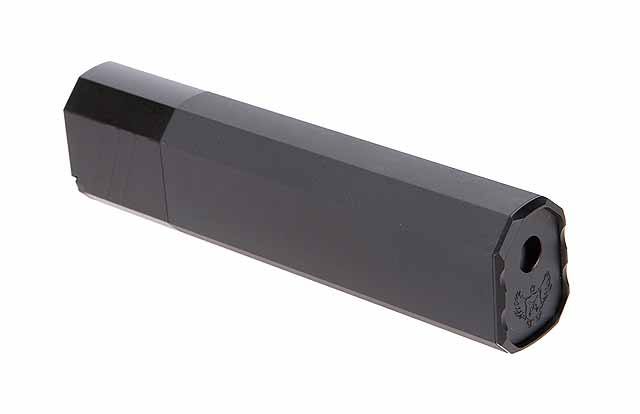
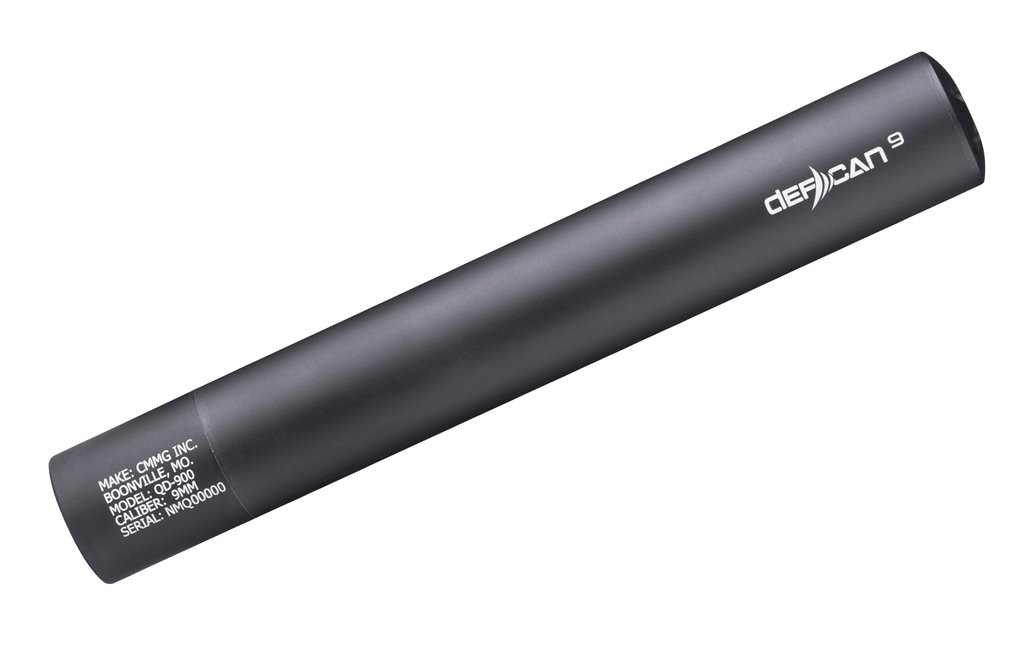
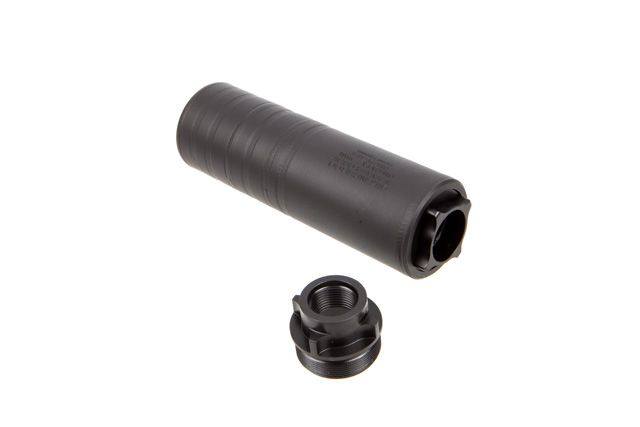
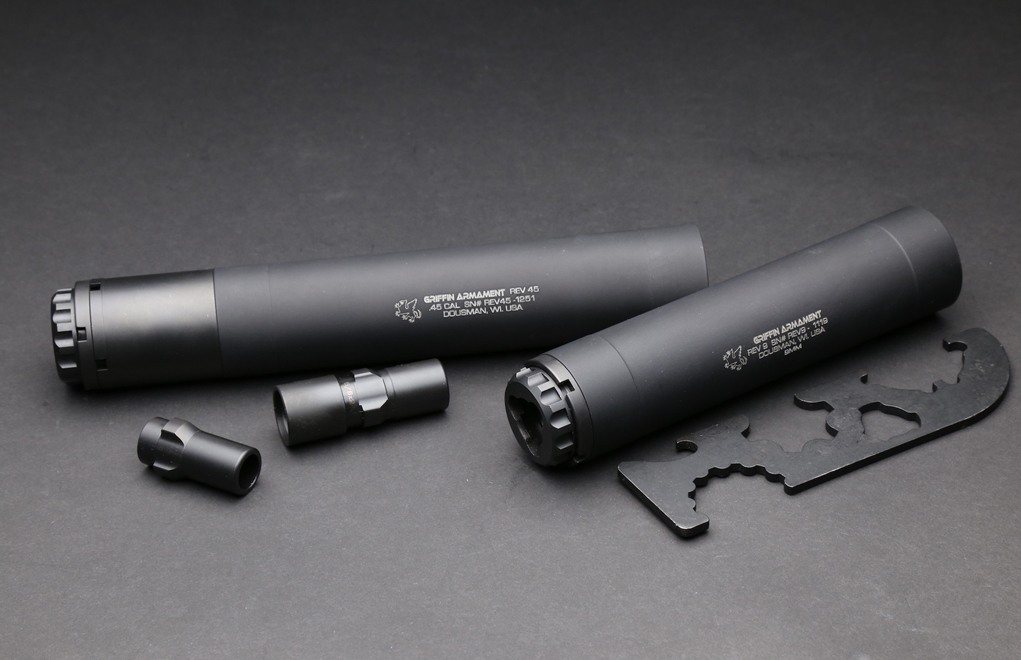

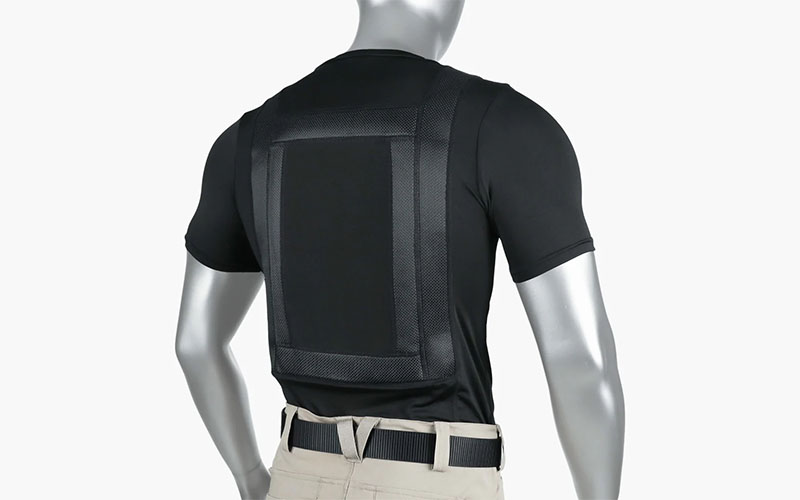
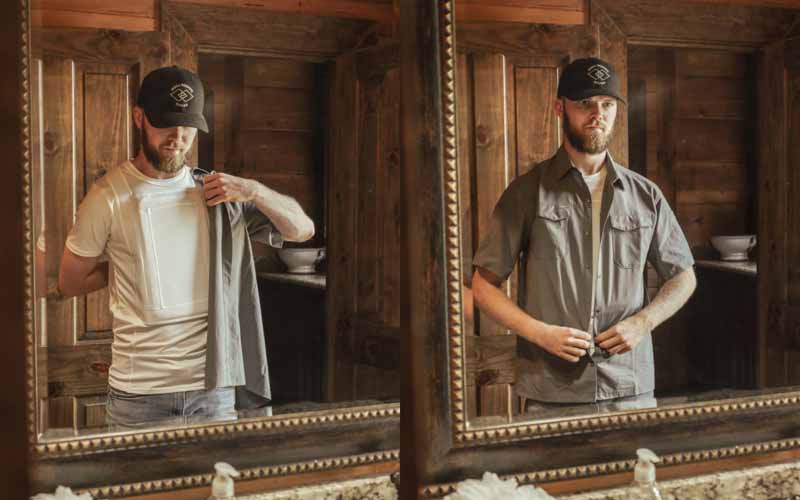
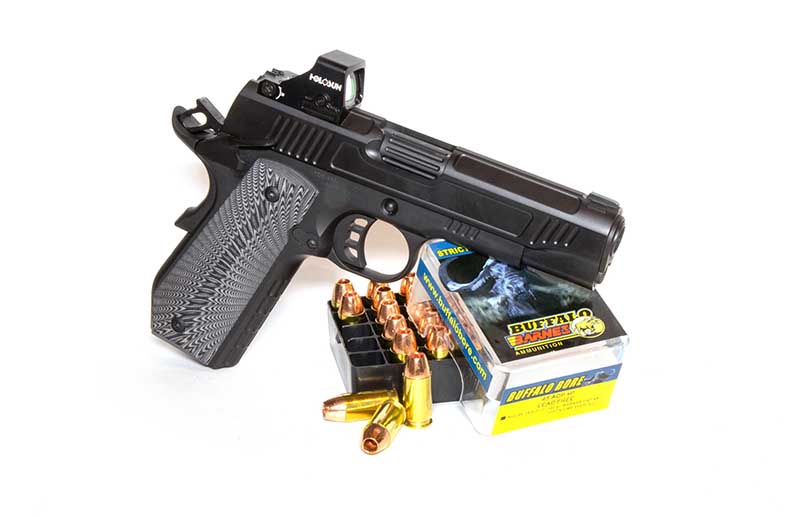
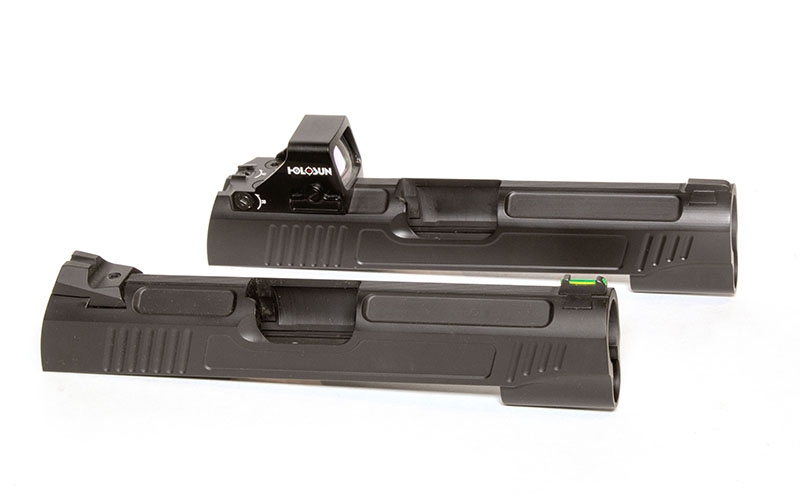
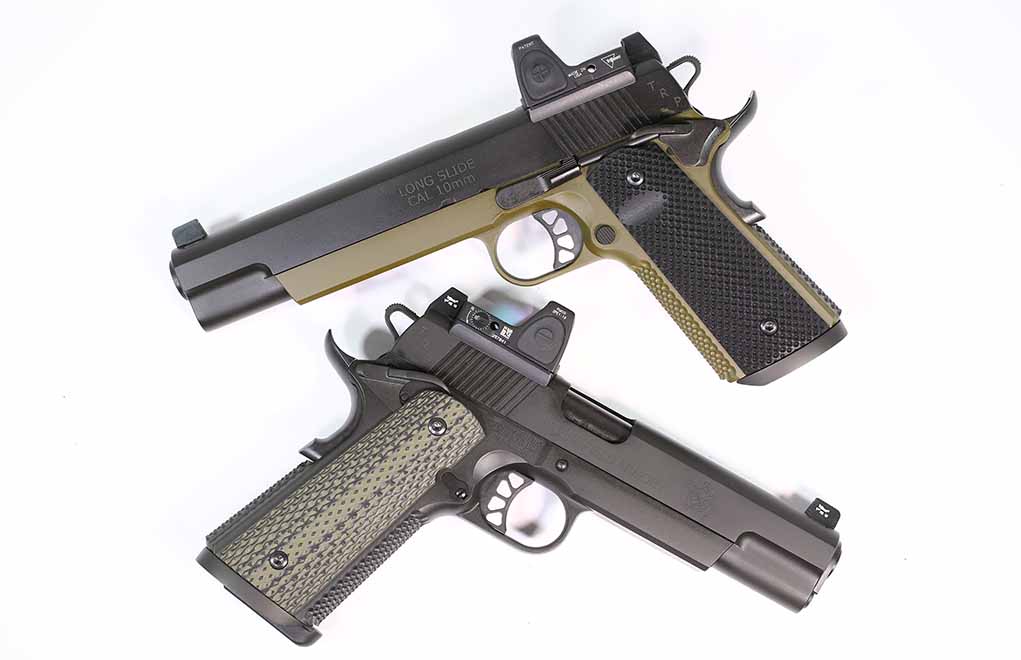
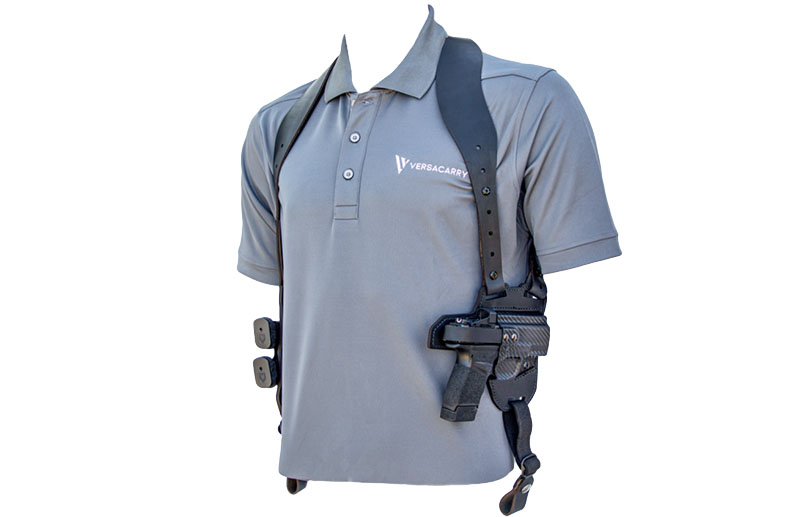

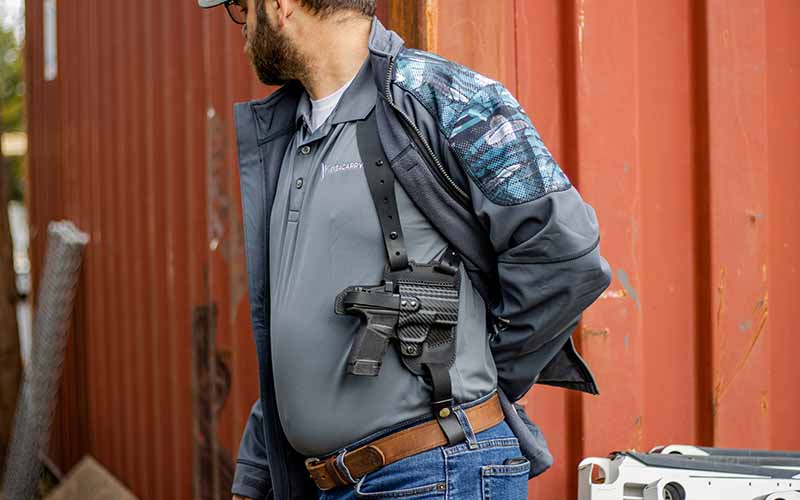
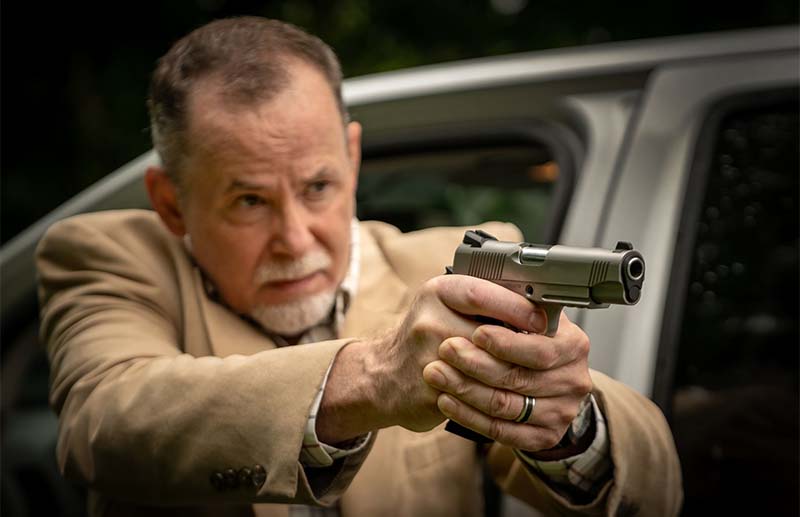
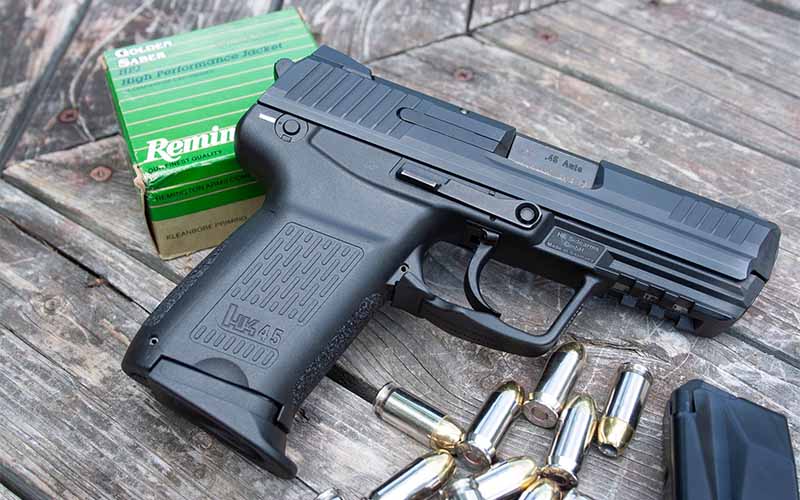
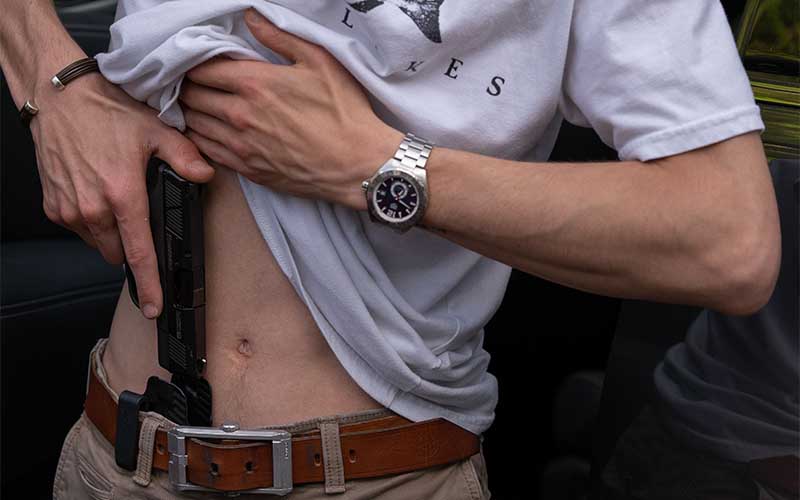
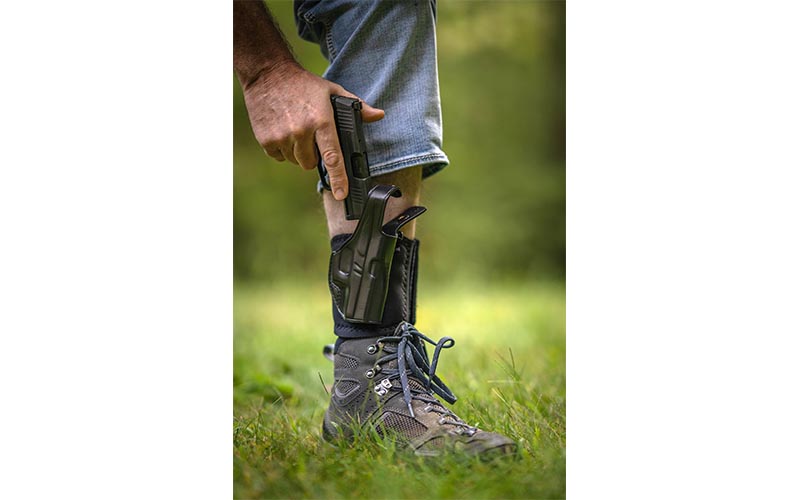
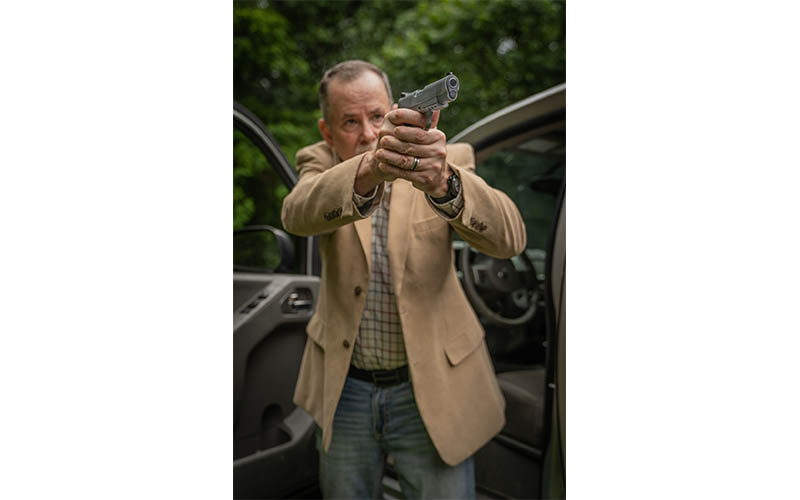
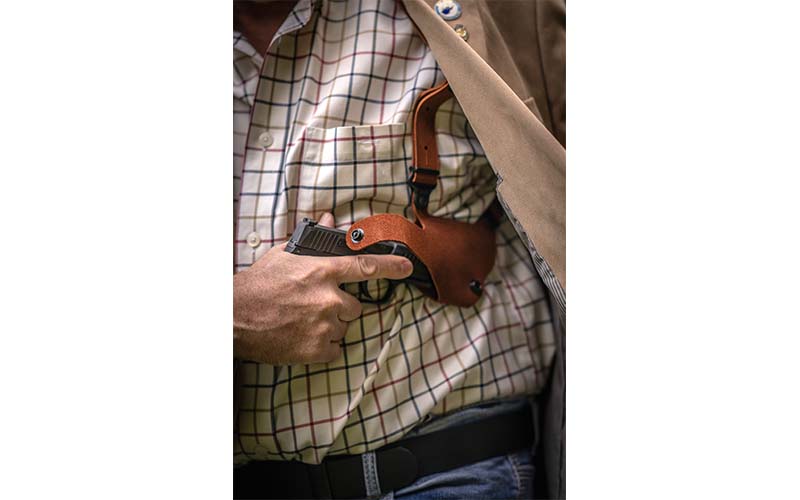
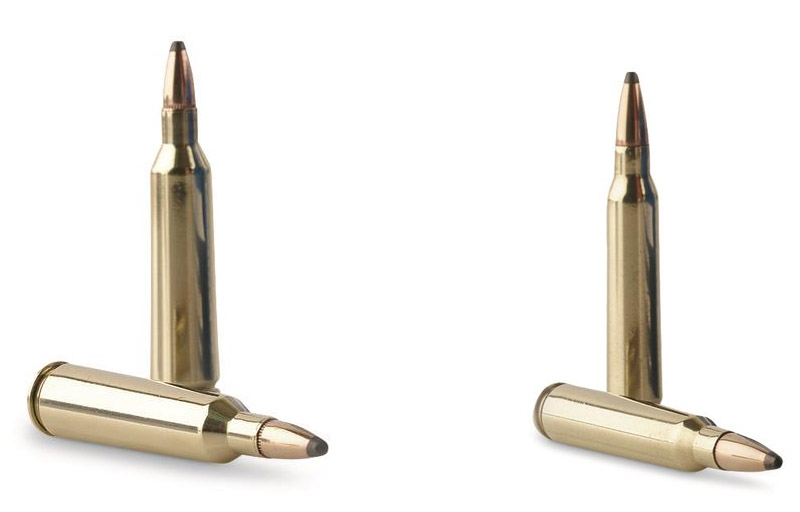
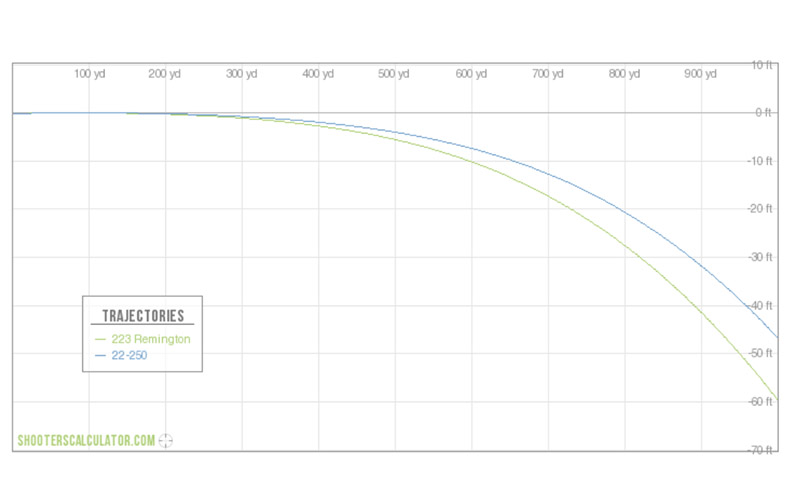
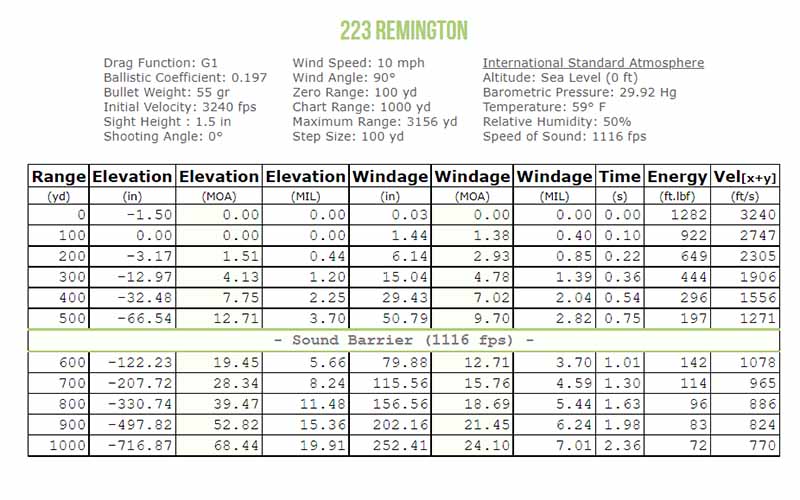

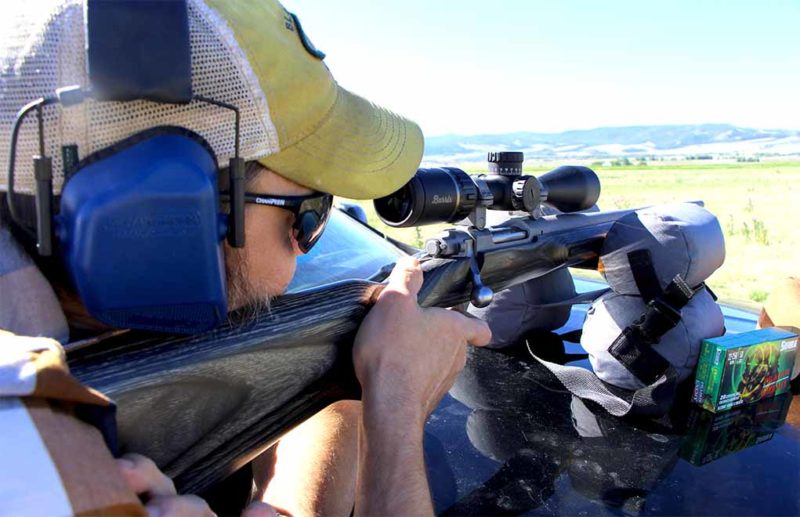
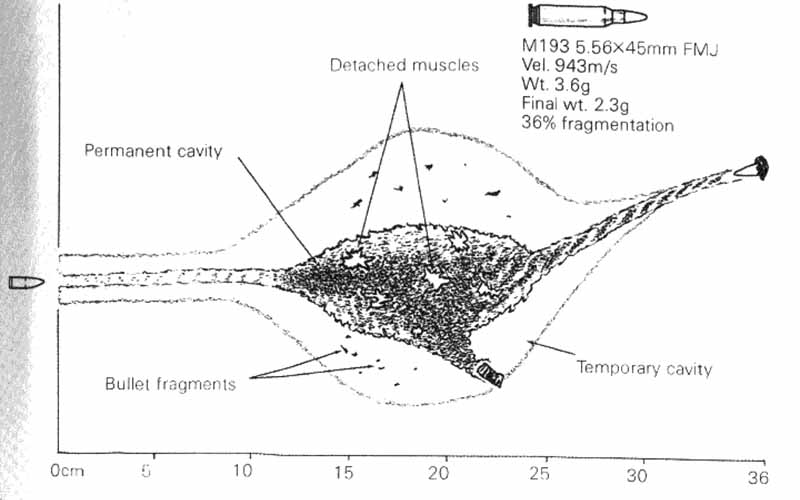
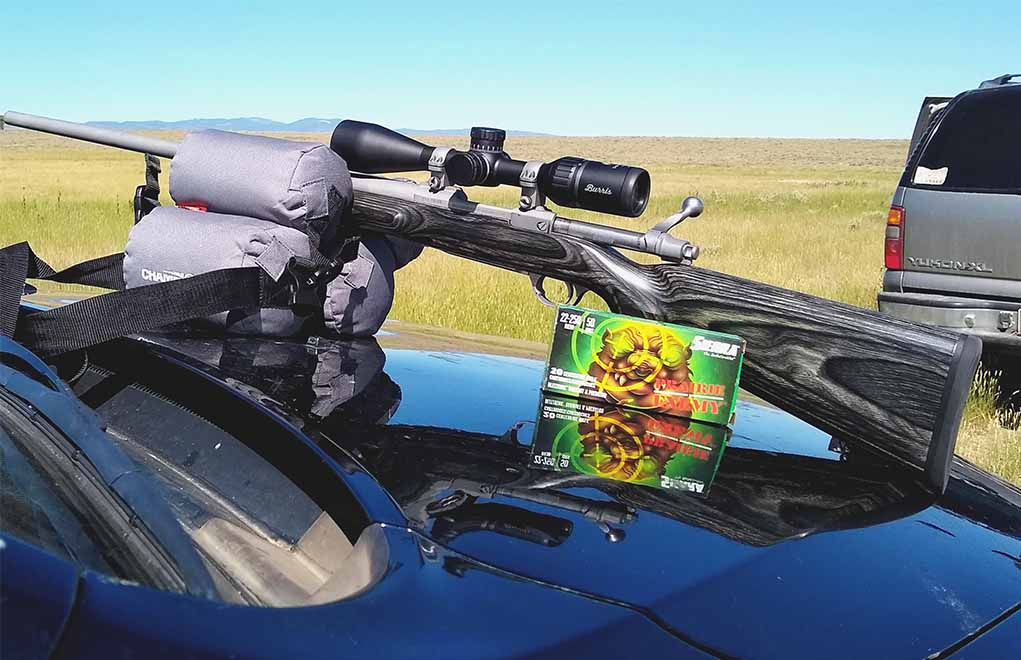


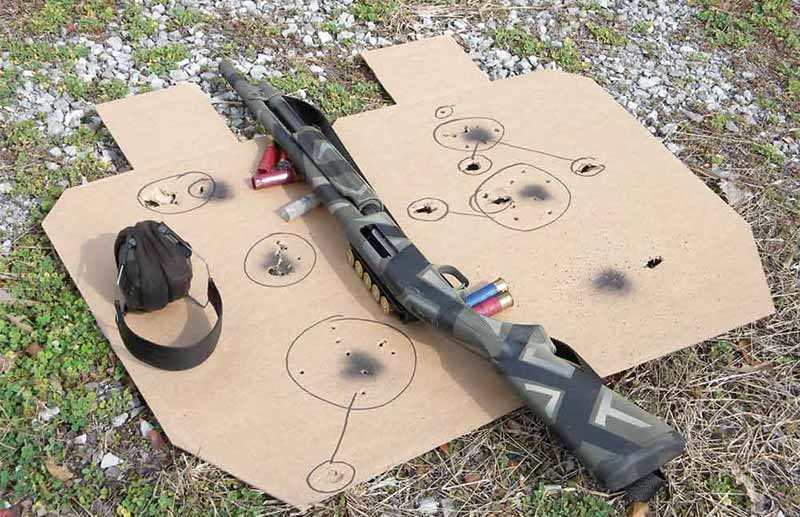
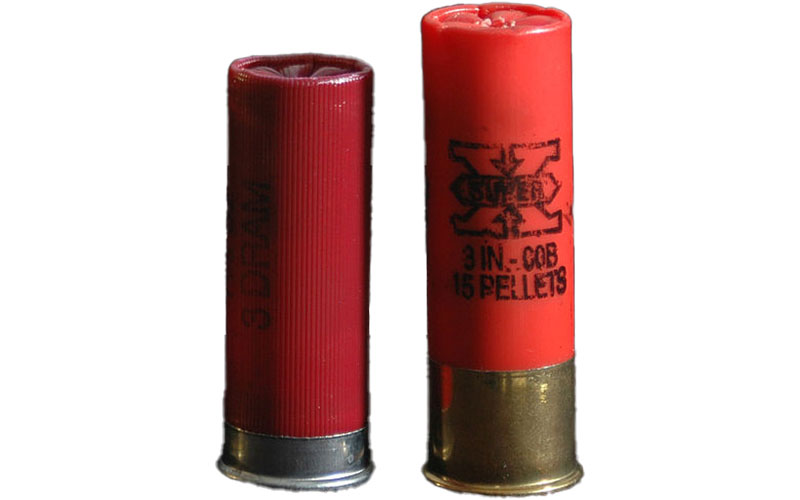

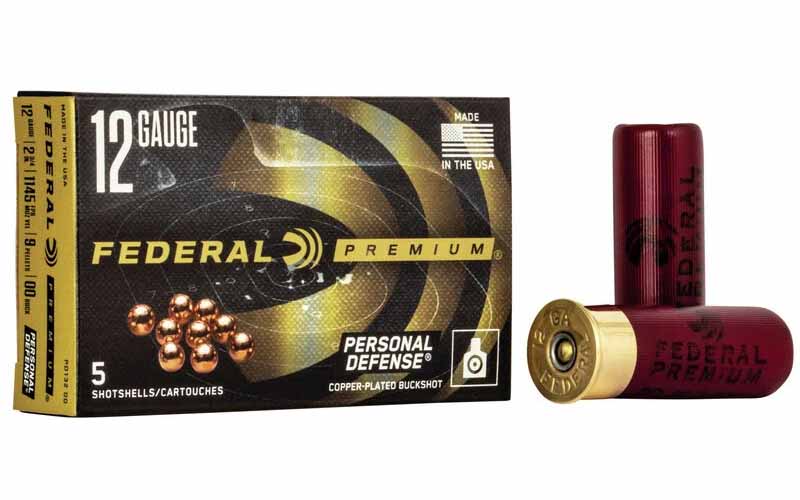
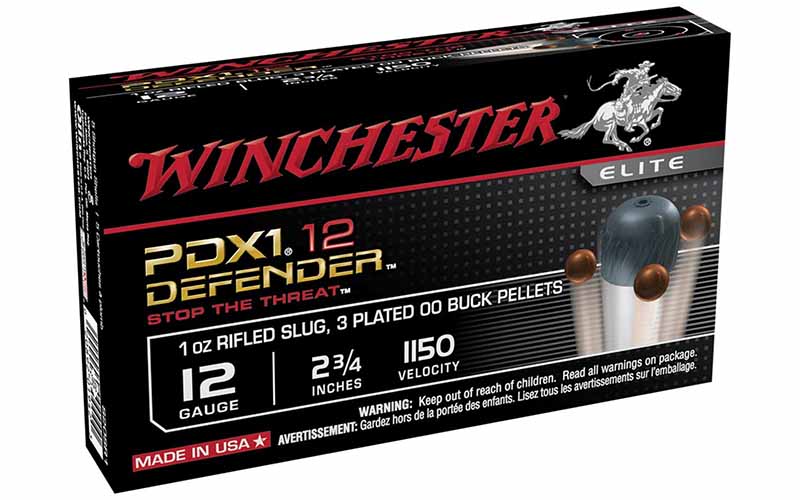
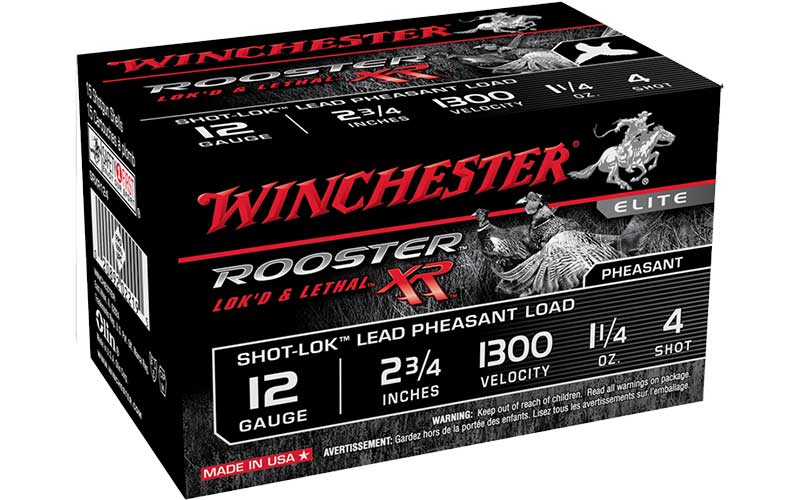
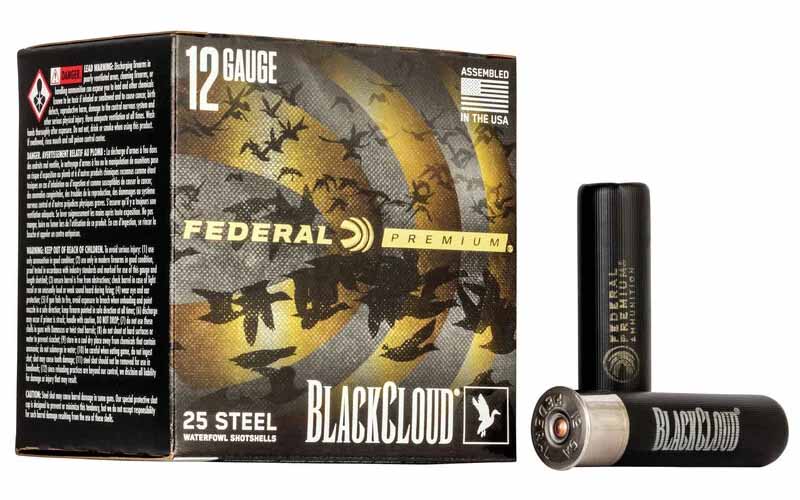
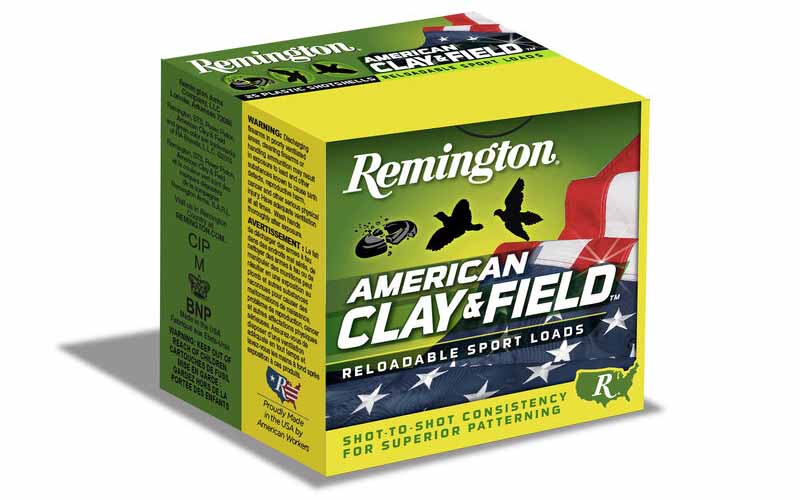
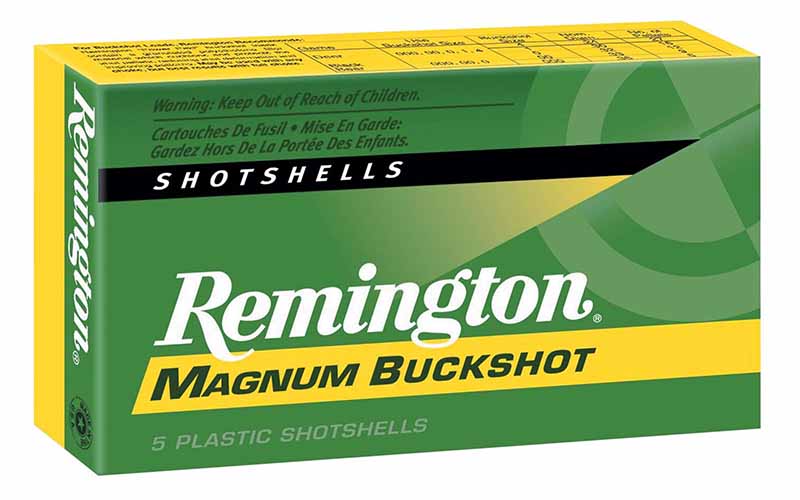
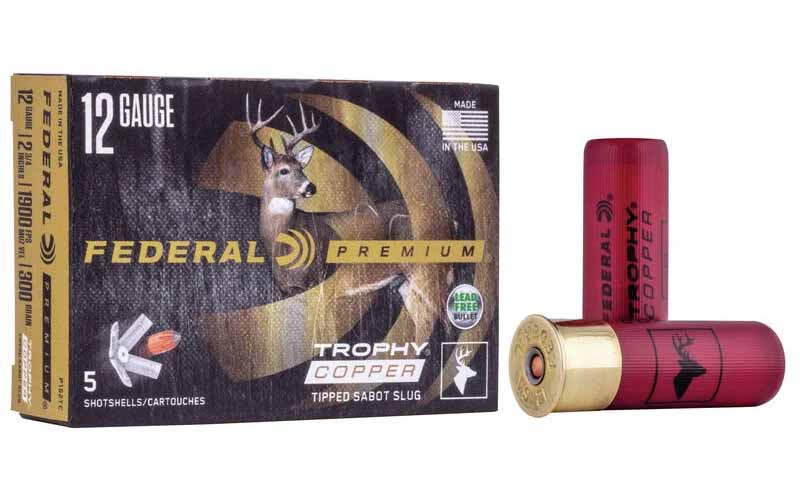
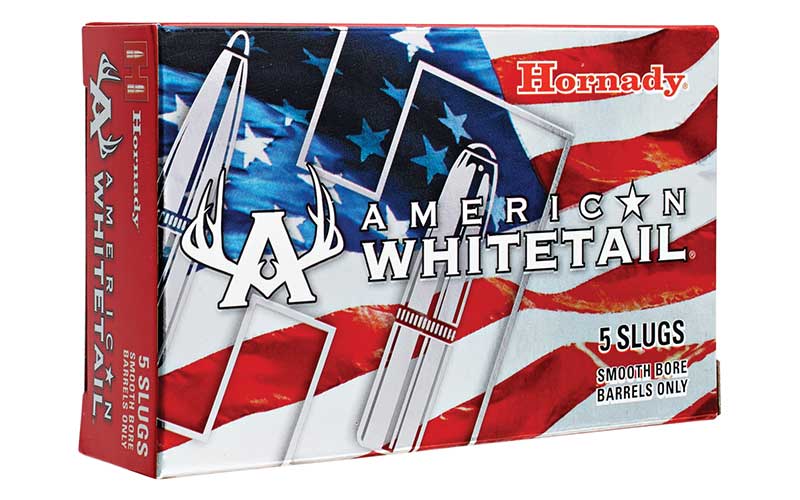
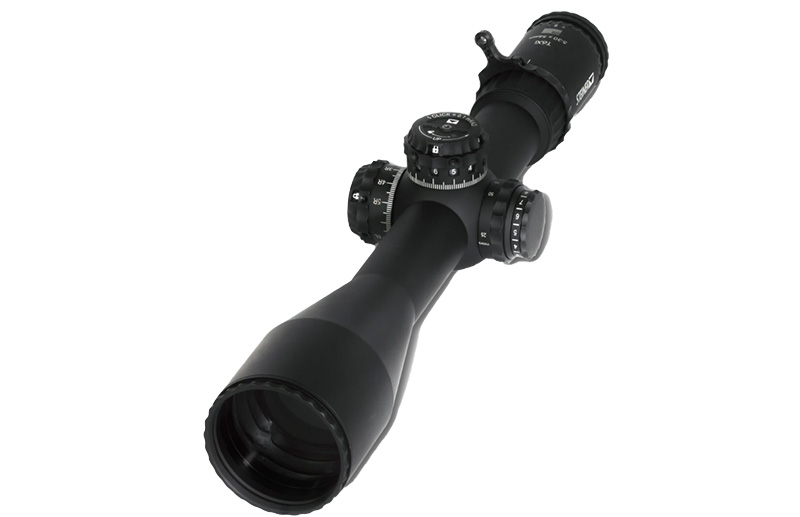
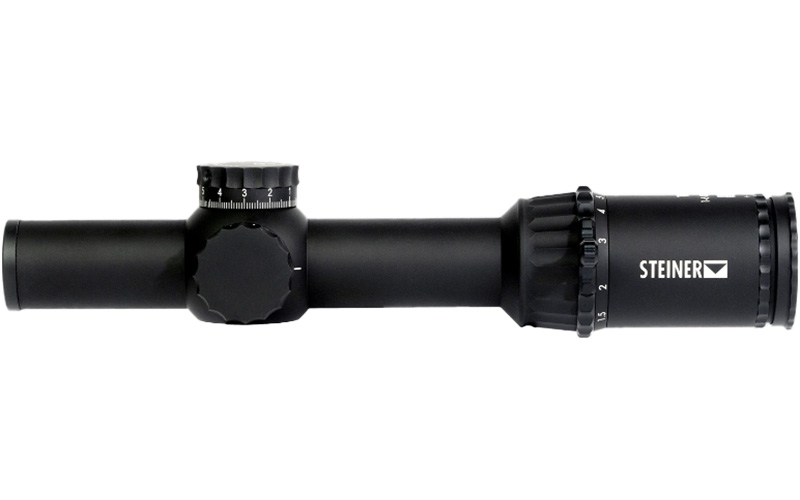

![Best Concealed Carry Guns In 2025 [Field Tested] Wilson Combat EDC X9S 1](https://gundigest.com/wp-content/uploads/Wilson-Combat-EDC-X9S-1-324x160.jpg)


![Best 9mm Carbine: Affordable PCCs [Tested] Ruger Carbine Shooting](https://gundigest.com/wp-content/uploads/Ruger-Carbine-Shooting-100x70.jpg)
![Best AR-15: Top Options Available Today [Field Tested] Harrington and Richardson PSA XM177E2 feature](https://gundigest.com/wp-content/uploads/Harrington-and-Richardson-PSA-XM177E2-feature-100x70.jpg)
